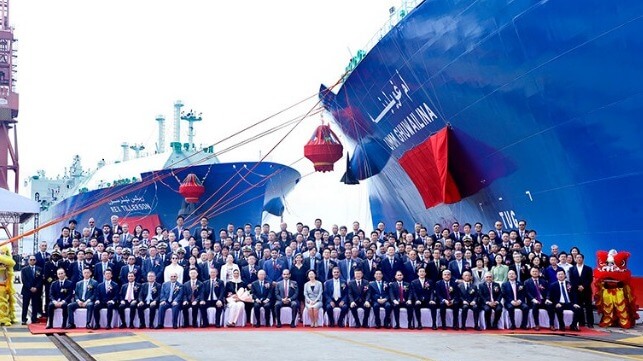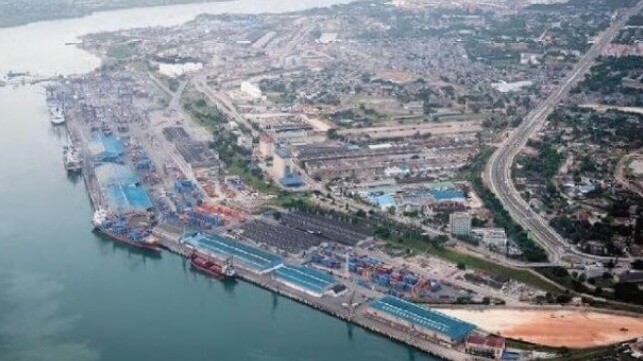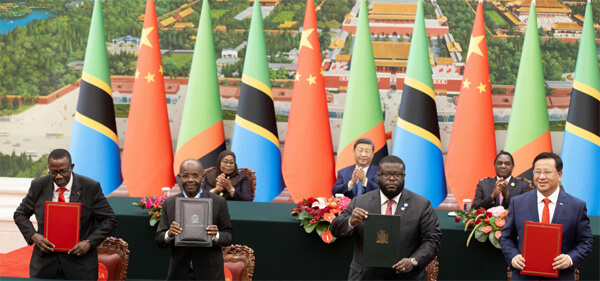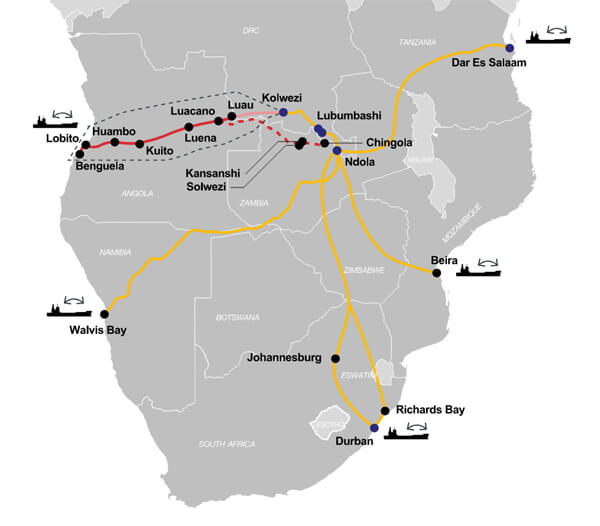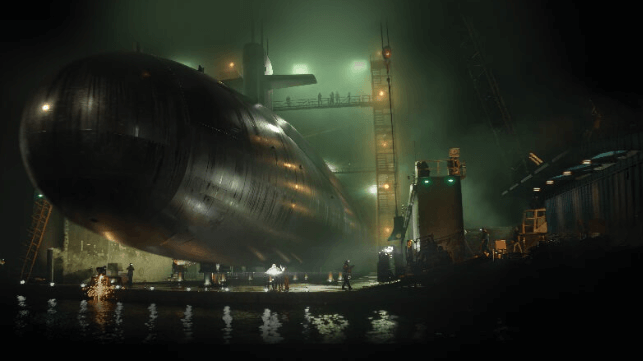
This week, the Republican Party came up with its own report regarding the issue, pinning the blame squarely on the Biden administration for the botched American pullout, following Donald Trump’s withdrawal deal. The report alleges: “The administration’s unconditional surrender and the abandonment of our Afghan allies, who fought alongside the US military against the Taliban — their brothers in arms — is a stain on this administration.”
Republican Congressman Michael McCaul, chair of the US House of Representatives’ Foreign Affairs Committee, said that he would use all tools at his disposal to make sure that the Biden administration would be held accountable for “the catastrophic failure of epic proportions their decisions caused”.
As is always the case with matters related to Afghanistan, the assertion is a self-serving one, motivated less by any actual concern for Afghanistan than by a desire and an attempt to come up with material with which to jab the ascending star of the Democratic presidential nominee Kamala Harris. In truth, both sides, the Democrats and the Republicans, are equally to blame; both had the power to change things and chose not to. There was always bipartisan support for propping up the always flailing and utterly corrupt Afghan governments that ruled from Kabul.
Both sides knew about the hundreds of millions of dollars that had been sunk into development projects and that were supposed to win ‘hearts and minds’ but that really only padded the pockets of various American contracting companies. Afghanistan remained the underdeveloped hinterland beyond the immediate reaches of Kabul, warlords were paid off to maintain the appearance of some semblance of control and there was never more than superficial support for the American-led effort.
Whatever the case, it is the people of Afghanistan, especially the women, who have paid the heaviest price for Taliban misrule, American incompetence, the avarice of various caretaker Afghan governments, and a botched withdrawal. Just as the Americans held up as their vaunted excuse for invasion their shining selfless cause for ‘liberation’ (that was guiding their bombs), the Taliban have once again decided to make one half of the Afghan population the target of their intransigence and tyranny.
An increasingly imaginary ‘international community’ and the UN have only issued a few feeble and robotic warnings.
Just as we have witnessed before, the present round of Taliban degradations began with the impositions of edicts — for women to wear the burqa and to always be accompanied by a male guardian. Then universities were closed and education beyond sixth grade banned, making schooling impossible unless it was in secret. We also saw a ban on beauty parlours so that women were even denied that one remaining avenue of employment and gathering. Today, hardly any woman can work outside the home; it might be possible in a handful of cases, but according to women’s rights groups, the bureaucracies involved make it all but impossible.
Even all of that was not enough. In the last week of August, the Taliban imposed a new ban that is unprecedented. Now women’s voices — in the literal sense — have been all but forbidden.
The latest edict says that women are not to recite poetry aloud, they are not to speak loudly or in public at all — even if they are all covered up. Effectively, this would mean a curb on virtually everything — from a fully covered woman speaking to a women’s gathering, to women who want to go to the market with a male guardian or by themselves.
For its part, an increasingly imaginary ‘international community’ and the UN have only issued a few feeble and robotic warnings. The UN human rights chief Volker Türk has called the measure “outrageous” and warned that the measure, which is known as the vice and virtue law, and that has been formally codified, would bring about “unparalleled repression” to half of the country’s population. Even so, the UN Security Council failed to unanimously condemn the measure. China, Russia and Algeria did not add their voice to the majority consensus that condemned “in the strongest terms the Taliban’s continued systemic gender discrimination”.
The fact that they did not shows just how fractured and ineffectual the international community is. No country has formally recognised the Taliban regime and Afghan foreign reserves remain frozen as sanctions remain in place. The latest round of measures against Afghan women suggest that the Taliban are no longer concerned even about the religious perspective as they continue to impose restrictions.
Instead, Afghan women seem to have become hostages that are being used by the Taliban to gain the concessions that they desperately need to keep some semblance of an economy going in the country they rule.
It appears that the idea is that if they continue to come up with and then impose ever wilder and more draconian restrictions on Afghan women then perhaps the ‘international community’ will ultimately be galvanised enough to beg the Taliban to ease some of them in exchange for some portion of frozen funds or some other similar concession. The fact that this has not happened yet, does not appear to have shown the Taliban regime that it is unlikely to work in the future.
In the meantime, Afghan women who cannot get an education, cannot work, cannot leave their homes, cannot do any business by themselves, and cannot go to get their hair cut are not going to be able to speak aloud outside their homes.
In this sense, their existence has been all but eliminated. Hostages in their own country, targeted by the men who have been born and raised in the same land, they must endure the world’s most difficult, misogynistic conditions and bear the cost of mistakes that they never made.
The writer is an attorney teaching constitutional law and political philosophy.
rafia.zakaria@gmail.com
Published in Dawn, September 11th, 2024





